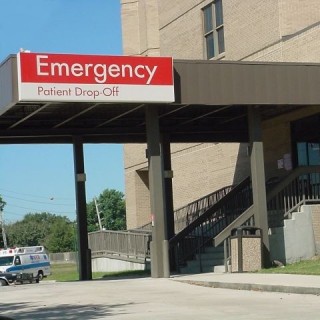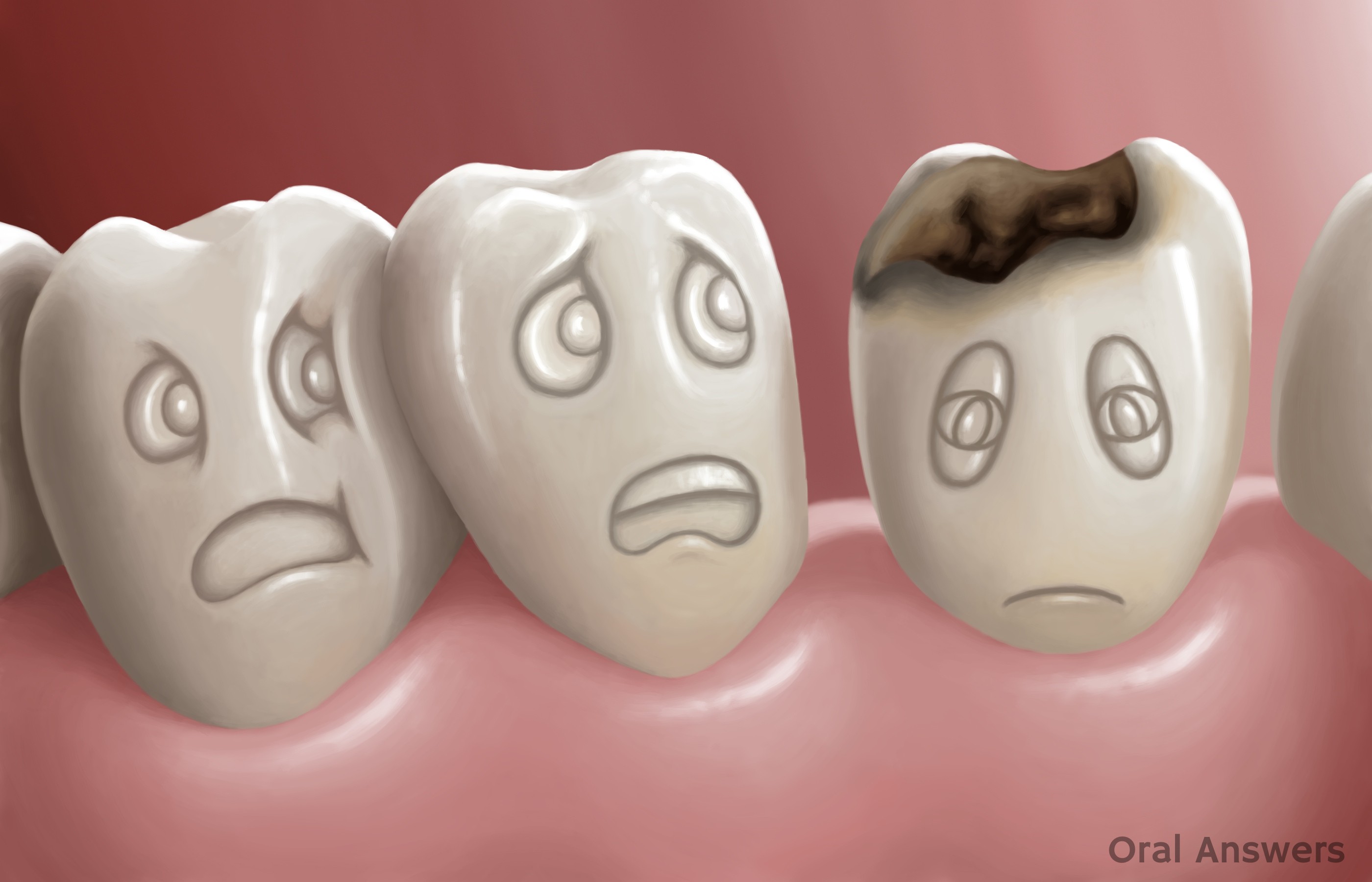Deamonte Driver was a typical twelve year old boy growing up in Maryland. In January 2007, he complained that he had a headache to his mother, Alyce. Then he said his tooth hurt.
 Alyce, his concerned mother took him to the emergency room at the local hospital where the doctors found that bacteria from decayed teeth had traveled through his blood into his brain, causing a serious infection.
Alyce, his concerned mother took him to the emergency room at the local hospital where the doctors found that bacteria from decayed teeth had traveled through his blood into his brain, causing a serious infection.
Fast forward six weeks to a Saturday near the end of February. Deamonte underwent two operations and it looked like he would recover. His mother spent all day Saturday with her son, then went home. The very next day the hospital called his mother and told her that he was unresponsive. By the time she made it to the hospital, Deamonte, her son of only 12 years had passed away.
To learn more about the tragic story of Deamonte Driver you can read about it in the Washington Post or watch a video report from MSNBC.
Tooth Decay: A Serious Disease
Deamonte’s story is an extreme one. Tooth decay doesn’t always kill people. My purpose in sharing this story was to let you know that tooth decay is a disease and it can be serious. It has many of the same traits as more well-known diseases. Here are a few lesser known facts about tooth decay:
1 – Tooth decay is contagious — you have to “catch the disease.” The bacteria that cause tooth decay can easily be transmitted from one person to another. When babies are born, their mouths are sterile. If they had teeth, they could eat lots of sugar without any detrimental effects on their teeth. Babies usually catch the bacteria that cause tooth decay from one of their parents or siblings.
2 – Tooth decay can cause pain. If a cavity progresses without pain, it can cause a painful toothache.
3 – Tooth decay can cause children to miss school. This can be either due to pain or multiple dental visits to take care of the diseased tooth.
4 – Tooth decay is the most common disease of early childhood! The American Academy of Pediatric dentistry has stated, “Caries is the most common chronic disease of childhood. Approximately 60% of children experience caries in their primary teeth by age 5.”
5 – Tooth decay can cause developmental problems and nutritional deficiencies. Here’s another quote from the American Academy of Pediatric Dentistry:
Rampant caries is one of the factors causing insufficient development in children who have no other medical problems. Children with early childhood caries (ECC) may be severely underweight because of the associated pain and disinclination to eat. Nutritional deficiencies during childhood can impact cognitive development.
Conclusion
Hopefully you can see that dental caries isn’t just a small problem. It affects over half of all children under age 5!
Whether you call it tooth decay, cavities, or caries – an infection of your teeth can be a serious problem.
Do you have any questions or comments to share about dental cavities? Please leave them below in the comments section. Thanks for reading!

Wow, what a sad story, particularly because it involved something preventable. I’m putting a link to it on my Silver Smile Survival blog about life with braces, and have also started talking about it with friends and colleagues.
Thanks for your comment, Pamela. It is sad to see such a tragic thing happen due to a lack of dental care. Hopefully, sharing Deamonte’s story will help prevent this from happening to other kids in the future.
I found an interesting quote by Dr. Peter Cooney, Health Canada’s chief dental office. He said:
“Dental decay is the most chronic prevalent disease. There are about five times the number of kids with a history of dental decay than asthma and about seven times more than hay fever.”
That kind of puts it in perspective what a big problem dental decay really is. You can read more about that from this article in the Vancouver Sun.
Tom,
granted you get the bacteria which cause tooth decay from one of your close relatives but is it fair to say that you “catch” them in the same way you would get infected with a bug that causes a disease like flu. Aren’t the bacteria which live in our mouths normally there just like those that live on our skin and in our guts. We’re colonised by these bacteria not infected by them surely and we couldn’t get rid of them even if we tried. I got this from a really good site written by someone who teaches microbiology to dental students.
I like your site
Hi Dave – Thanks for your comment. It’s true that once we get “infected” with the bacteria that they are on our teeth for good. I said that we can “catch” them to illustrate the point that tooth decay really is a disease. Most people simply think of it as “normal” and I was trying to make a point.
This page does a good job discussing the difference between Tooth Decay and other maladies that we normally consider “diseases.” Thanks for pointing that out, Dave. Feel free to leave another comment if you want to discuss this further.
Tom,
I am a Community Awareness representative for a dental corporoation in Oklahoma. I am a RDH and I do all the school screenings for the contracted schools. Tooth decay is running rampid in our schools and daycares. Of course I inform the teachers and other agencys when need be, but the education level of the parent is so low that they don’t even care that their childs teeth are hurting their thoughts are, oh they will just fall out anyway, so whats the point. There was an actual case where a child in Ponca City passed away due to bacterial infection of the blood due to abcesses. They had medicade and yet refused help because those teeth are going to fall out anyways. Yes, they have been punished by the law. I am at a loss for what to do. Education I guess is just not enough. So I have been handing out the story of the late Mr. Driver and hoping that it makes a difference in some little kids life.
A must read for everyone. As the saying goes Prevention is better than cure.